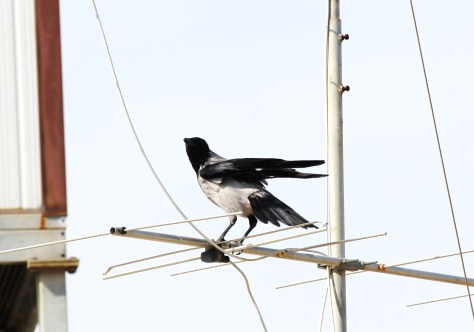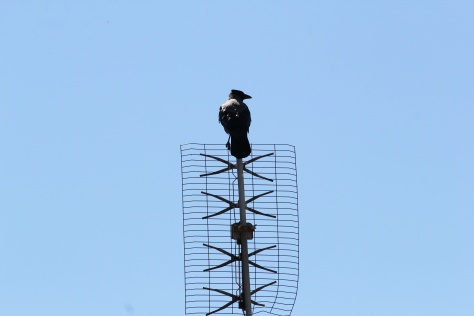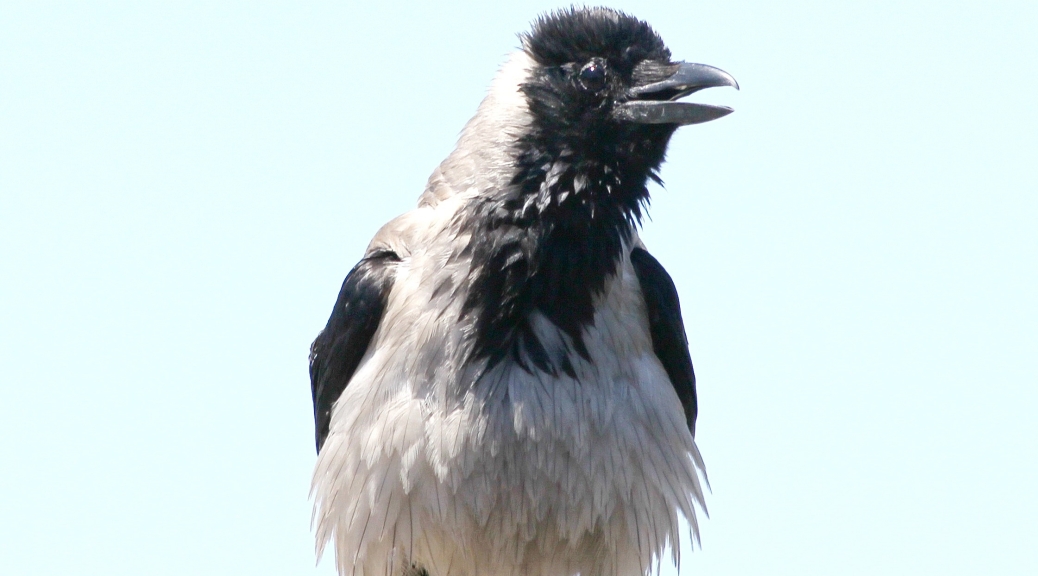‘Come, the croaking raven doth bellow for revenge.’ Shakespeare, Hamlet
‘A plague o’ both your houses!’ Shakespeare, Romeo and Juliet
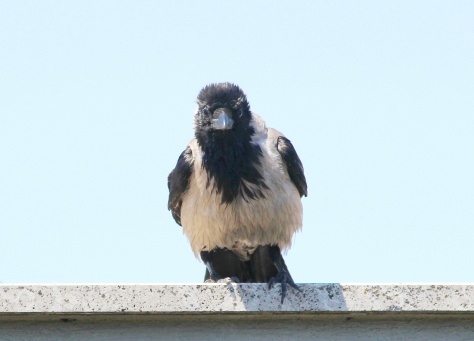
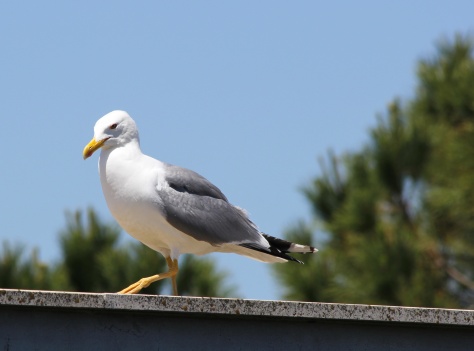
In these lemon-yellow days of a Roman spring, exam season gets underway for my students. Once again, Year 9 have studied Romeo and Juliet, taking it ‘from page to stage’ and practising essays on Juliet’s emotional journey through the play. Once again, we have watched the baby-faced Leonardo Di Caprio and Clare Danes as star-crossed lovers in the film version that never fails to entertain. And once again, I have imparted the occult information that wherefore actually means why, causing my pupils to reassess their entire understanding of the balcony scene.
I wake early every day, and the dawn chorus that filters in through the shutters puts me in mind of those ‘two houses, both alike in dignity’, the ‘enemies to peace’ with their ‘ancient grudge’. On one side, the croaks and caws of the hooded crows that populate the pines around us; from the rooftops instead come the cackling belly-laughs of yellow-legged gulls, who have recently moved into the neighbourhood.
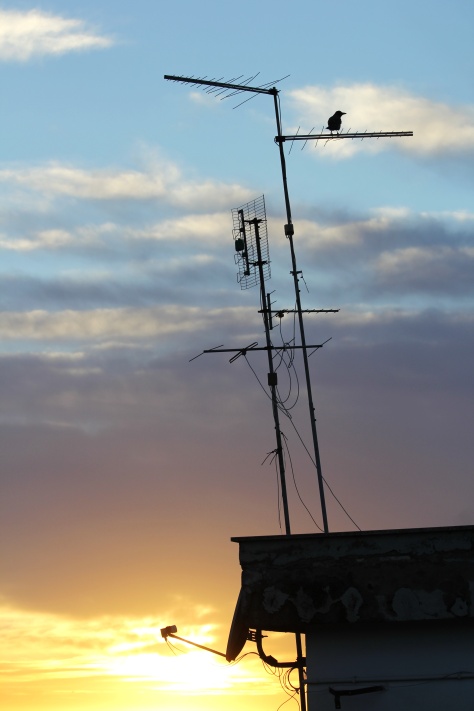
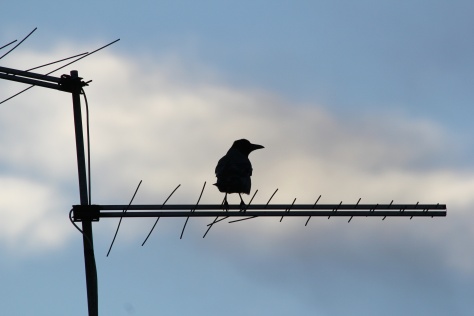
There are various theories as to why the number of yellow-legged gulls (Larus michahellis) is rising in Rome, from the closure of an enormous rubbish dump on the outskirts of the city in 2013, to the overall increase in seabird population in Europe with a consequent need for more nesting sites, to the fact that temperatures in the capital are higher than surrounding coastal areas. Gulls are also attracted by the easy pickings – rubbish bins that are left to overflow in the road, the detritus left behind once the street market has packed up for the day. Outside our apartment block, a well-meaning neighbour leaves food out for the local stray cats. As soon as she turns her back to leave, the gulls muscle in, strutting along the wall and eyeballing the bowls of Kitty-Kat until the wretched felines slink off in the knowledge that they are no match for that slashing blade of a beak.
The hooded crow (Corvus cornix) is also a relatively recent arrival in the city, with colonies moving in along the Tiber river in 1996. Like the gulls, they are omnivores – carrion feeders as well as nest robbers and therefore the only natural threat the gulls have in the city. In the umbrella pines (Pinus pinea) that flourish in the gardens around our apartment block, the crows make their nests and then spend their days loudly protecting them. As the gulls are also partial to a freshly laid egg or a plump nestling, this has resulted in some spectacular aerial battles between these two enemies, played out in front of our balcony while I drink my morning coffee. Who needs the Capulets and the Montagues, when you have the crows and the gulls?
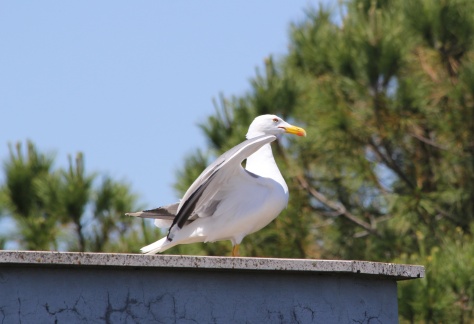
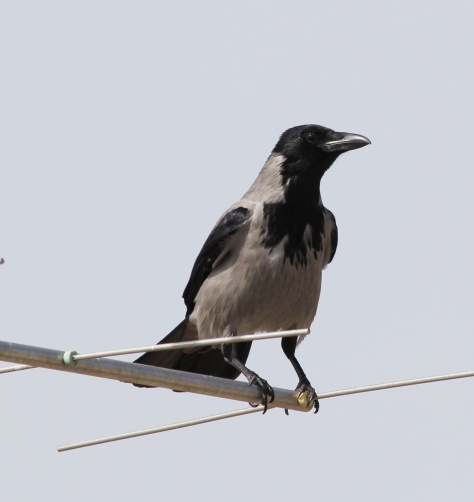
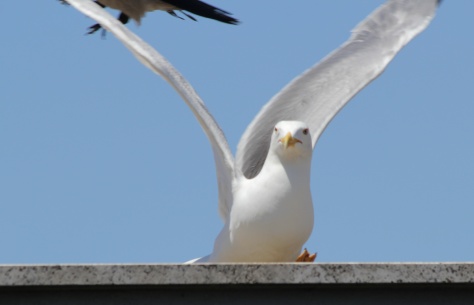
(According to the journal Wanted in Rome, there are several measures Romans should take to discourage these birds from invading terraces and balconies, including not leaving left-overs or rubbish outside, never offering the birds food and, disturbingly, not leaving small pets outdoors on their own. You have been warned!)

